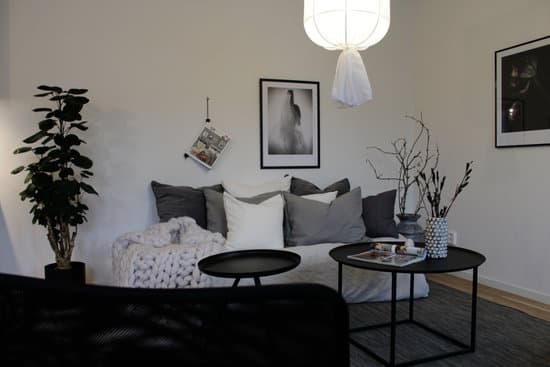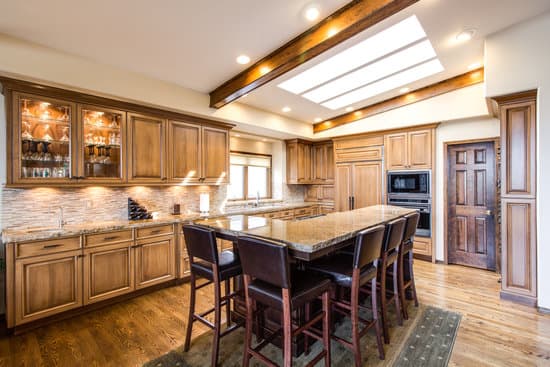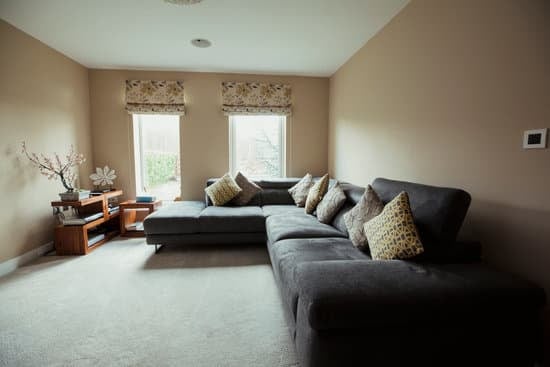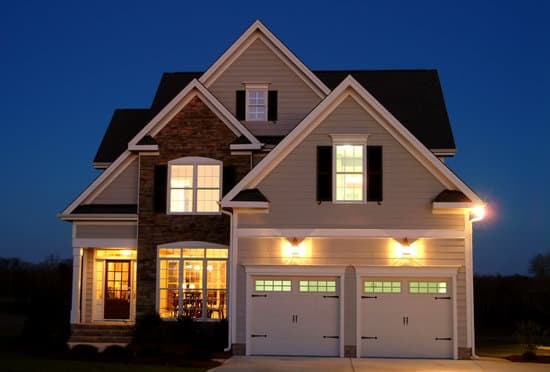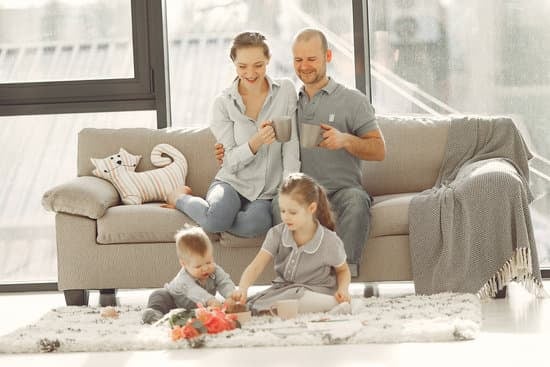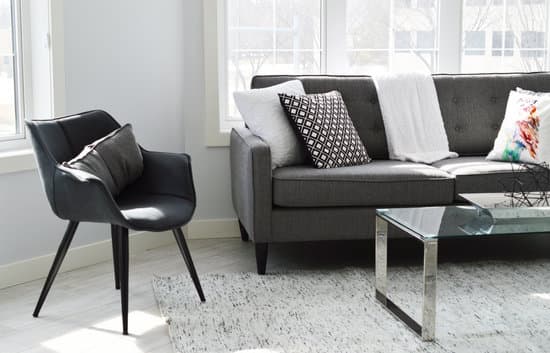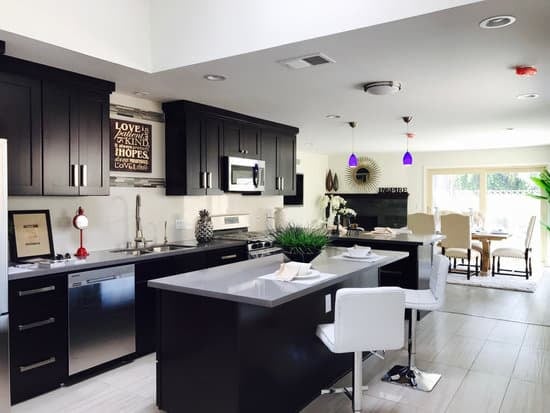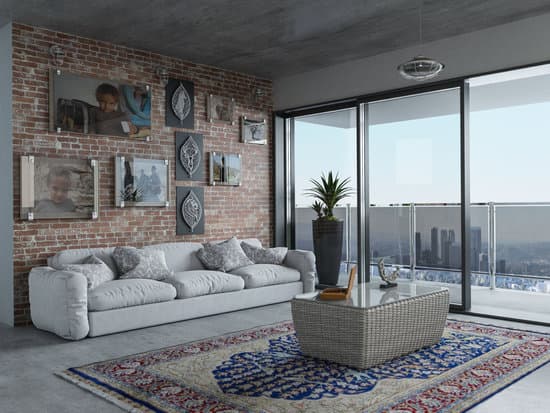What are the 11 Principles of Good Urban Design?
Creating a great city means different things to different people; some may prioritize efficient public transportation, while others may want a city with excellent public spaces or more affordable housing options. But it’s essential to keep in mind the principles of good urban design that must be incorporated to make a city beautiful and livable. Here, we’ll discuss the eleven fundamental principles that make a city a great place to live and visit.Making Beauty the Main Objective
Aesthetics is critical to the success of any city. A beautiful city is more likely to attract visitors, investors, and businesses than a dull one. However, making beauty the main objective does not imply that architects should only focus on creating visually attractive buildings. Instead, it means considering how people interact with architecture and the cityscape around them. Beauty comes from the harmonious integration of buildings, streets, public spaces, and greenery. Therefore, a beautiful city should balance between form and function.Incorporating Blue and Green Spaces
Green and blue spaces like waterfront areas, parks, and urban forests are incredibly vital to the success of a city. Not all citizens have the privilege of escaping to a countryside getaway. Hence, including green spaces in urban areas gives people a much-needed respite from the concrete jungle. These spaces also aid in mitigating air pollution and enhancing mental health of residents. Some essential points to consider include:- Providing easy access to green spaces through walking, cycling, or public transport
- Introducing a variety of green spaces of varying scales and qualities to cater to different social and ecological needs
- Designing green spaces that can be enjoyed throughout the year, regardless of the season or weather condition.
Prioritizing Compactness
Cities often face a challenge of serving the needs of residents while keeping their boundaries in check. A city that sprawls excessively can lead to environmental degradation, health issues, and a host of other problems. Thus, compactness is a critical principle of good urban design. It means that the city should be designed to accommodate maximum urban activity while minimizing urban sprawl.Creating Complete Neighborhoods
A complete neighborhood is one that consists of all essential amenities for daily living, such as schools, public transport, supermarkets, and parks. The idea behind the complete neighborhood principle is to create a city that serves all its inhabitants efficiently. This means that all amenities should be accessible within a reasonable distance, reducing the need to rely on cars or public transport. Some things to bear in mind when creating complete neighborhoods include:- Designing public spaces that cater to all ages
- Targeting more significant proportions of affordable housing to aid in socioeconomic diversity
- Ensuring that all amenities are within walking (or cycling) distance
Encouraging Conviviality
Conviviality is essential in creating a city with a strong sense of community. Conviviality means creating safe public spaces that foster social interaction. A city that encourages conviviality is likely to have a strong community where people get together to create a sense of belonging, security, and shared responsibility. Great public spaces like squares and parks are vital to achieve conviviality in urban areas.Ensuring Ease of Movement
Ease of movement is a principle that has a direct impact on the city’s efficiency. A city with a good transportation network enhances accessibility, reducing traffic congestion, and promoting energy efficiency. All modes of transportation should be carefully considered in the city, including footpaths, cycling lanes, and public transportation. Some things to keep in mind when creating easy movement include:- Designing public transport routes that are convenient to use
- Ensuring that public transportation is affordable for all people
- Creating walkable environments to encourage physical activity and create a sense of community










